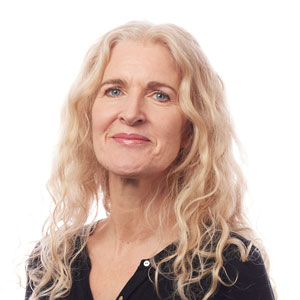When clients experience us working not just face-to-face but also in-the-room in workshops and groups, they’re often curious about why we use the movement-based exercises that we have researched and developed at Lucid.
There are 3 key reasons why we have developed these hallmark approaches:
- It’s good practice when it comes to keeping a bunch of humans engaged and involved for a few hours. Moving breaks the monotony of ‘discussion’ and raises the energy – which in turn helps people to turn off the ‘thought police’ and give us responses that are more natural.
- It’s much more inclusive. Not everyone gives their best when just sitting around talking, so to match a wider range of people and engagement styles, we use a multi-modal approach. Spatial and movement-based tasks are often preferred by those who find verbalising things more difficult – or feel intimidated when asked to work with images. Again, this means we get more natural responses
- But there are also deeper reasons to do with neuroscience. As neuroscientist Damasio (et al) found, our emotions play a central role in our decision-making, we hold our emotions in our bodies – and many of us need to move those bodies to access those feelings (and, even if we already know our feelings, moving takes us closer to the core of them).
In short, using movement means we access more of the emotions driving decision-making.
Not only does this help people access what they feel (the drivers of their decisions), it also means we and our clients literally see the strength of feeling, and feel the degree of energy this carries. Does everyone move quickly and purposefully when an idea is shared (showing clarity and strength of feeling), or do they dither, dally and hesitate (showing they don’t know what they feel – or don’t care enough about the brand to have real feelings about it)? And when we ask them to walk towards a new idea, does their body language show they are open – or resistant (showing the scale of the opportunity – or challenge)?
All of this leads to greater depth and clarity around what’s really going on for people, and how to leverage it, giving you clearer ways forward.

Maddy is Director of Lucid. She has been described as a ‘maestra’ with groups of people and is appreciated for her passion and commitment as well as the clarity of her strategic thinking, insight and expression. Maddy began her career in advertising at Ogilvy and BBH and then worked at the Arts Council, English National Opera, AEA consulting and Stimulating World Research before setting up Lucid.
